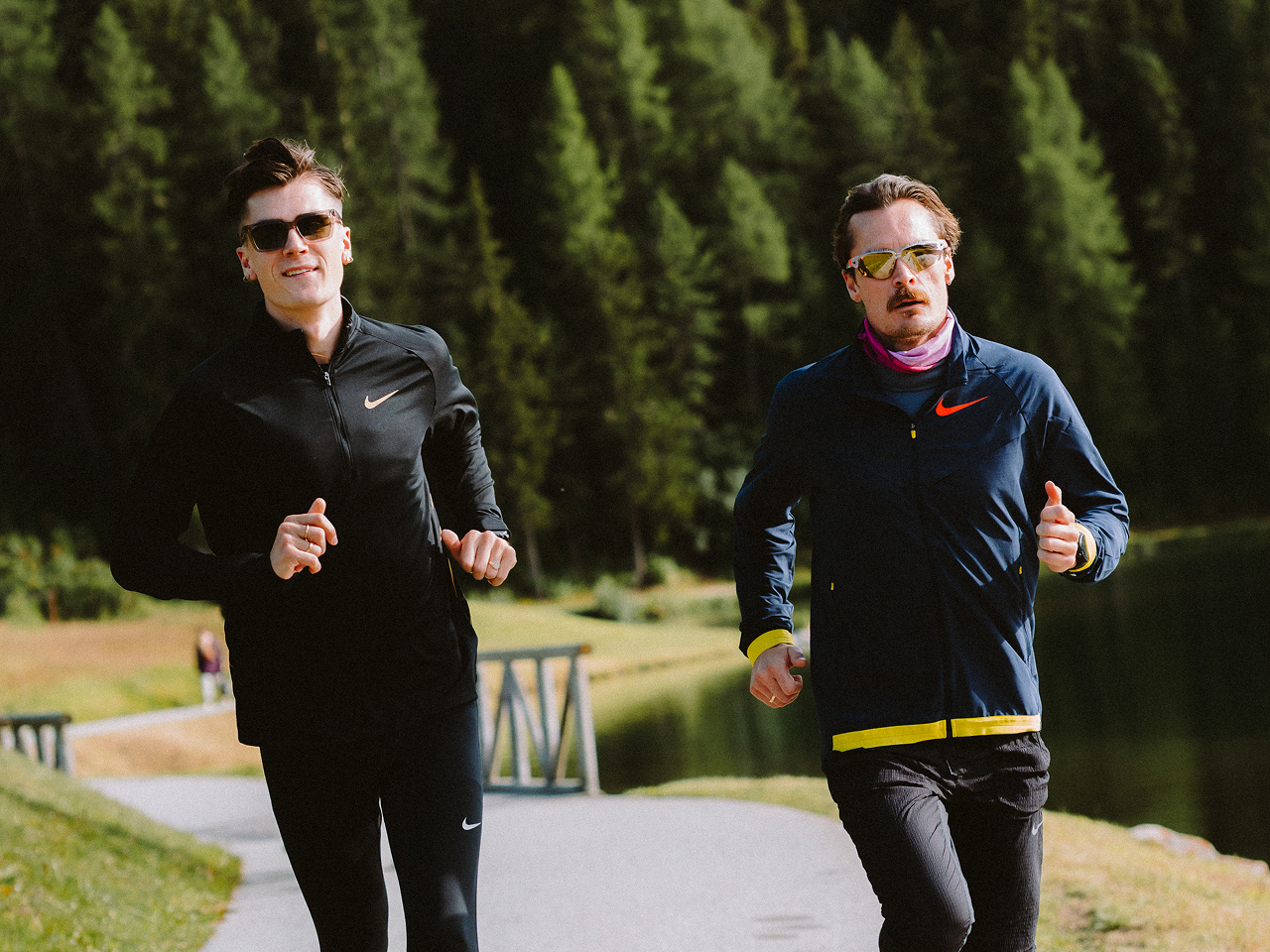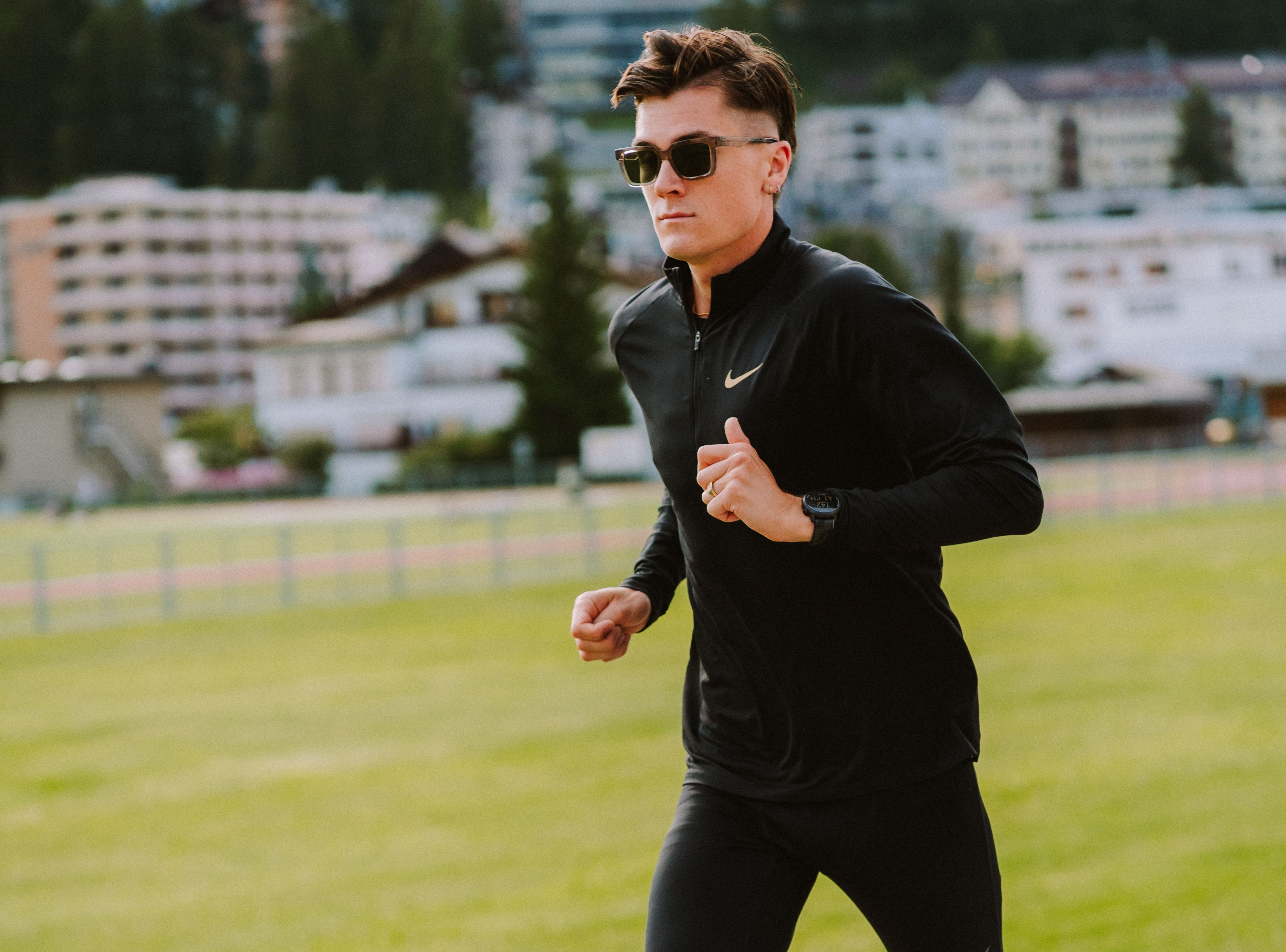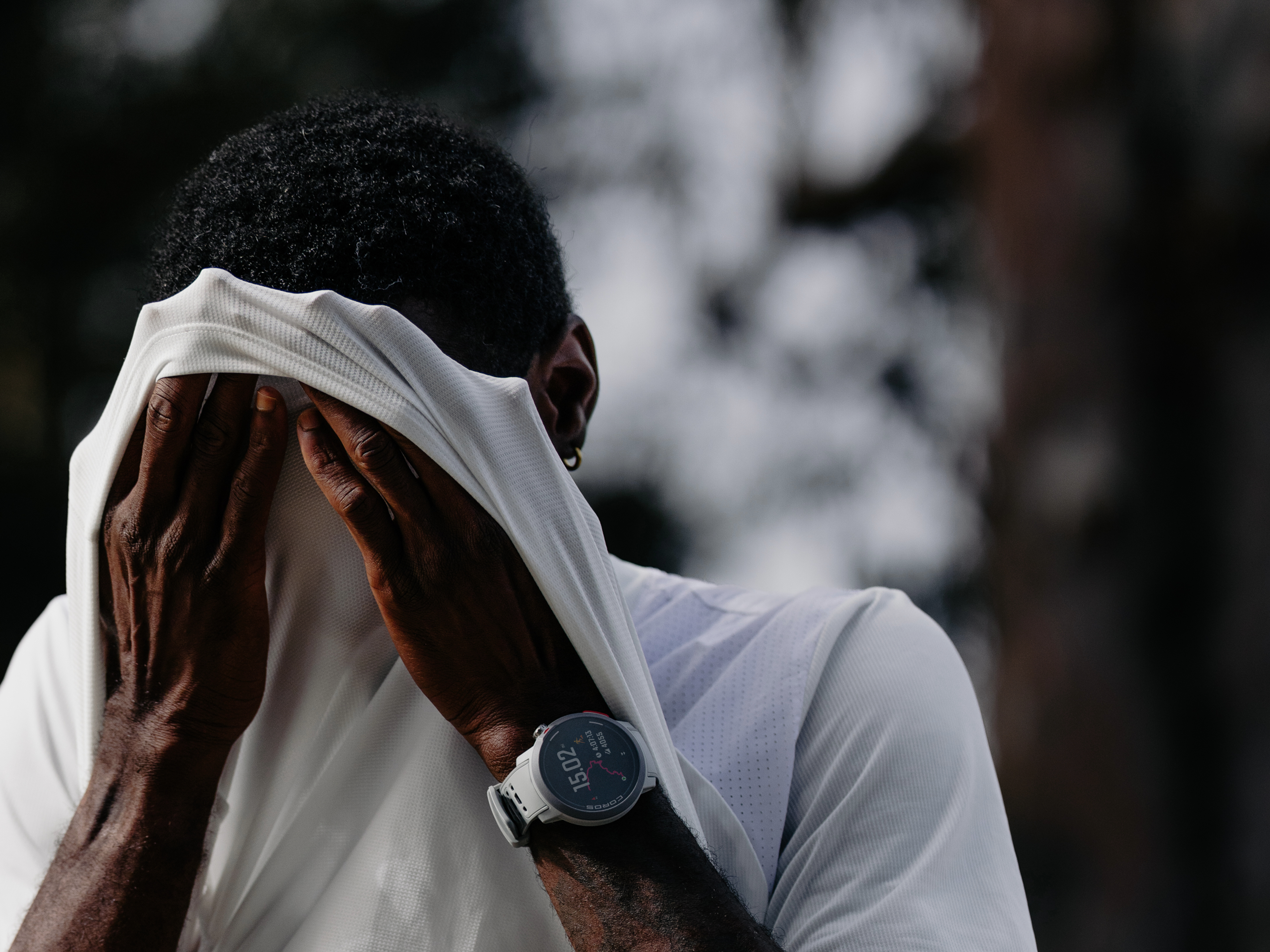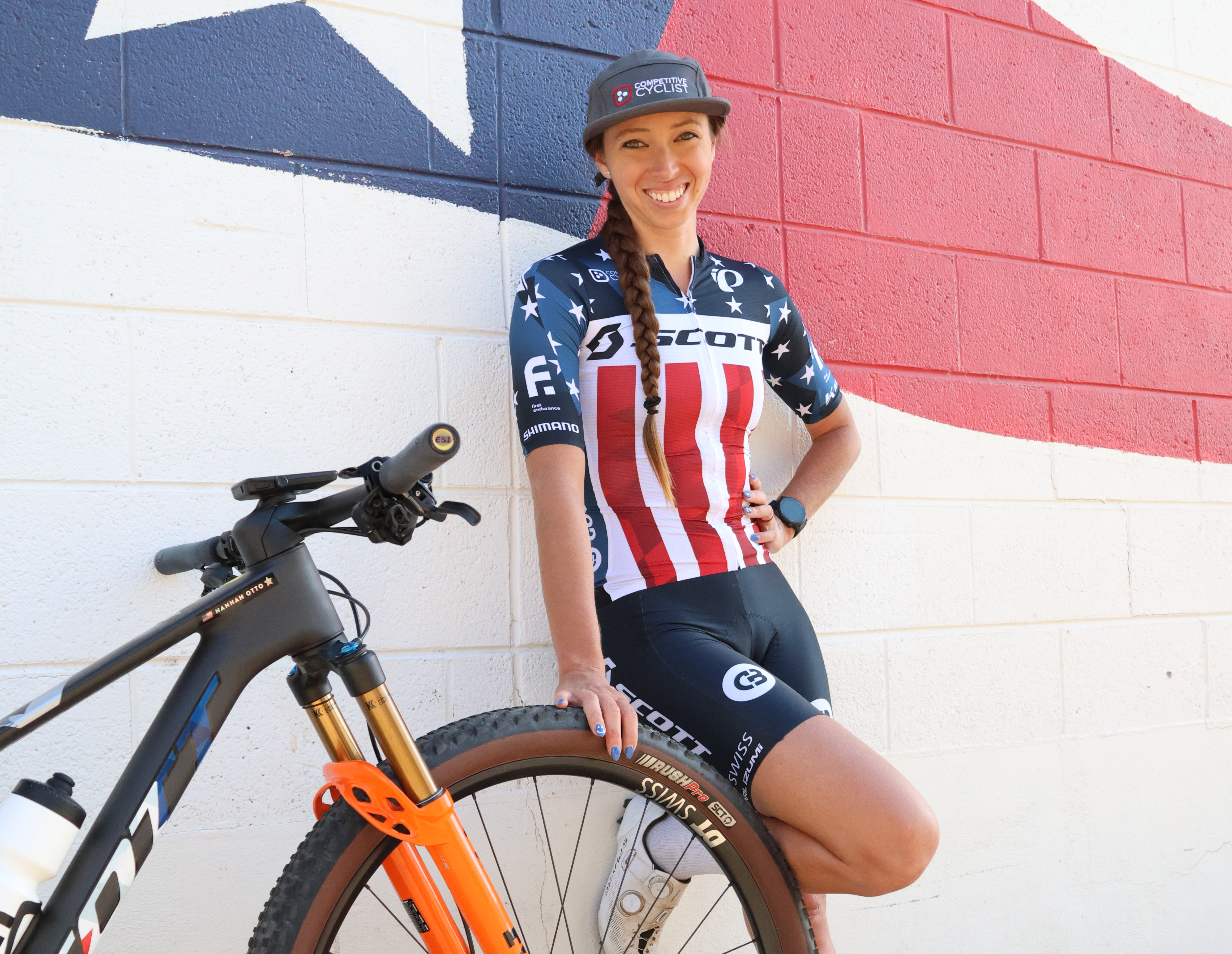Surf fishing success starts before my first cast. For me, it’s about reading the water and understanding what moves fish. Having weather data and forecasting on my wrist gives me a real advantage. COROS NOMAD delivers real-time conditions while the app acts as my fishing journal where I log all my data and catches for future reference.
Tides
As the ocean rises and falls due to the moon’s gravitational pull, it reshapes the shoreline, exposing troughs, and moving baitfish. These shifts create predictable feeding windows for predatory fish.
Incoming tide brings baitfish closer to shore, drawing in predators and making the two hours before and after high tide prime time to fish. High tide allows fish to explore new feeding zones, but they’re more spread out, requiring precise casting. Outgoing tide funnels bait into deeper channels, creating ambush points for bottom feeders.
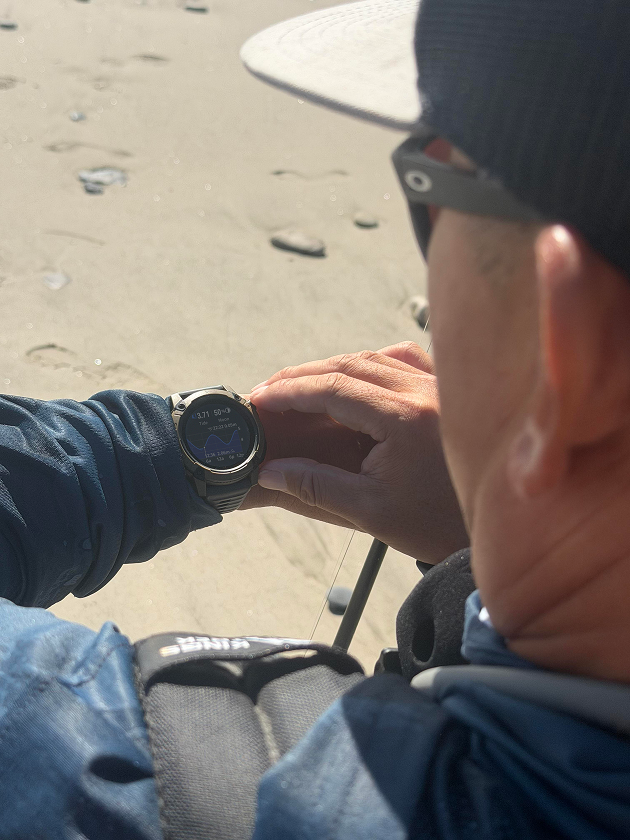
Additionally, every beach structure sets up differently with some beaches having optimal fish holding structure closer to shore while other beaches have structure further from shore. In this case, fishing the high or low tide can determine your best chance at a successful fishing session.
Wind
Wind is a powerful force that shapes water movement, baitfish behavior, and casting strategy. Onshore winds, which blow from the sea toward the land, churn up the surf and stir sediment, pushing baitfish closer to the beach. This can attract predatory species like halibut and white seabass. Offshore winds, blowing from land to sea, tend to flatten the surf and clear the water. These conditions are ideal for sight fishing and long-distance casting, but baitfish may be pushed out of reach, requiring more effort to locate active fish.
Wind speed also influences my surf fishing strategy. Light winds between 5 and 10 mph are generally ideal for casting and bait presentation, offering control without disrupting the surf.
Barometric Pressure
When barometric pressure begins to fall fish become noticeably more aggressive. This is a prime window for surf anglers, as baitfish scatter and predators move in to feed before conditions shift. Fast retrieves, live bait, and active presentations tend to perform best during this phase, making it one of the most productive times to fish.
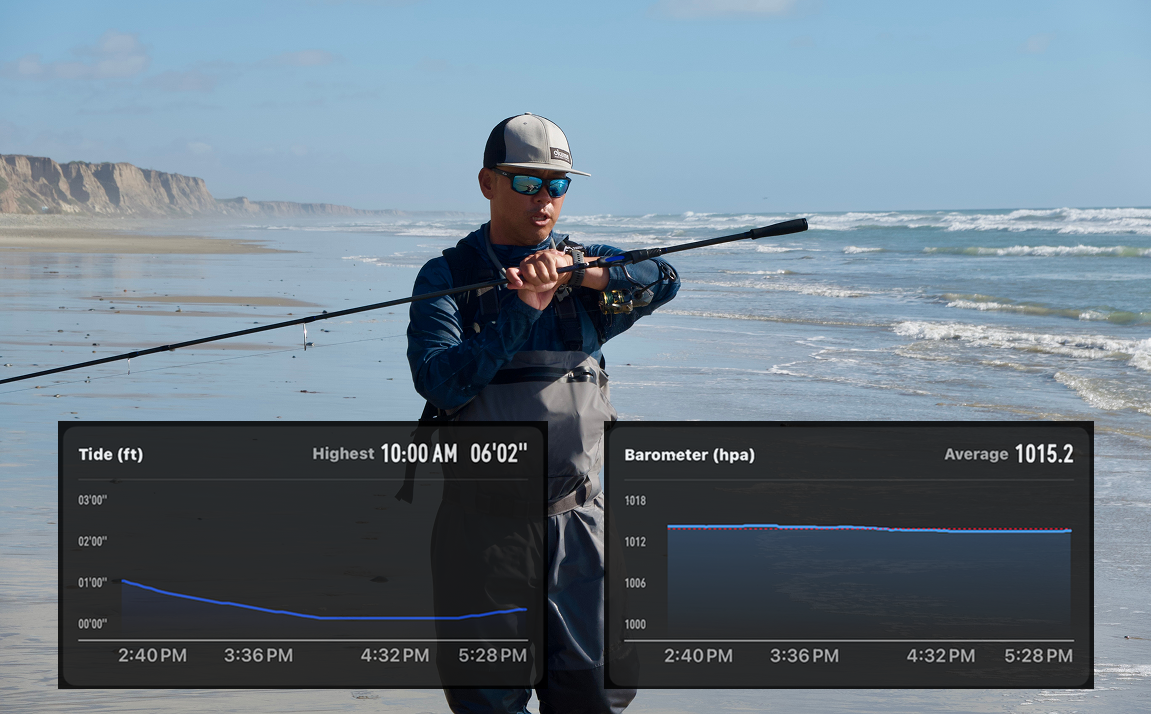
High and stable pressure, typically associated with clear skies and calm weather, tends to slow fish activity. Fish may retreat to deeper zones and become more sluggish, requiring finesse tactics and slower presentations to entice a bite. Early morning or dusk sessions can still be productive, especially when paired with subtle rigs and natural bait.
Data as a Co-Angler
Some beaches fish better at high tide while others at low tide. On this day, I’m fishing a beach that I believe fishes best at a low tide, so I utilize the tide chart to time my best casts with the slack tide window where the water bottoms out before transitioning into the incoming high. True to form, when I reviewed the trip, the catch I made was right where I had predicted.
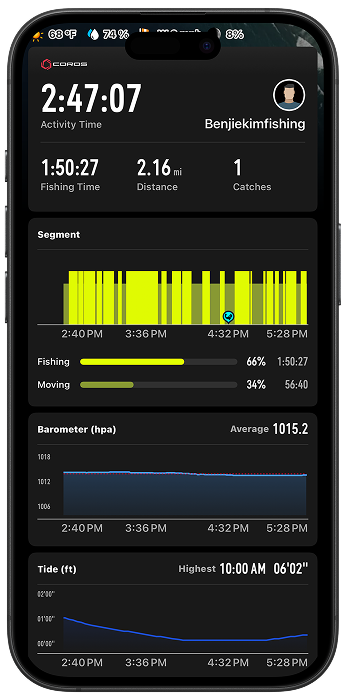
Activity summaries provide the information I use to make informed decisions each time I'm on the water. In this case, it objectively confirmed my gut feeling. As I build a library of data, I'll be able to see patterns that I can use to make each trip more productive.
Fish care about conditions. Learn to read them, and you’ll stop chasing bites and start predicting them.
To learn more about surf fishing, follow Benjie on his Instagram and YouTube channel.

/filters:quality(90)/fit-in/970x750/coros-web-faq/upload/images/df1009a033dc17fe271499457605640b.png)
